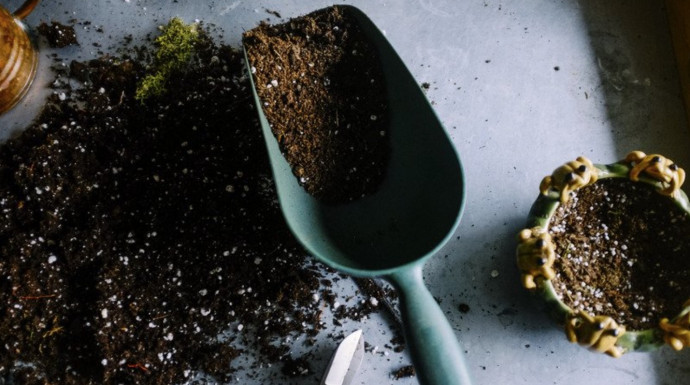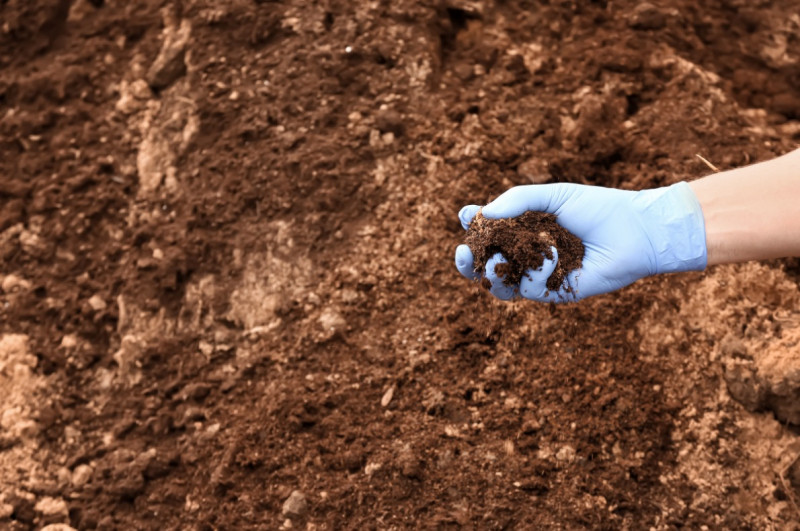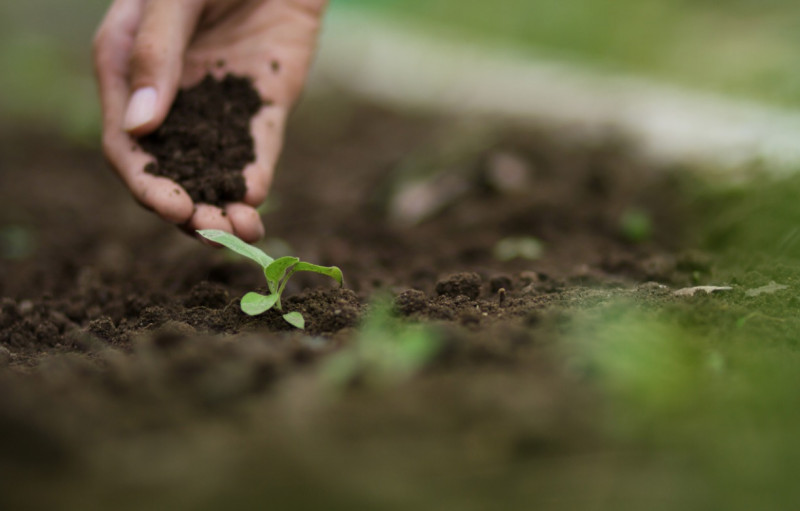Understanding Soil Composition + Soil Nutrition Test

Soil texture refers to the size of individual soil particles and is determined by the relative proportion of clay, sand, and silt. Testing the texture of your soil helps you understand more about how the soil holds moisture and encourages root growth and development. Your most important task as a gardener is to gain an understanding of soil. Knowing your soil type determines which plants will thrive and to choose the plants best suited to your garden, so save yourself heartache and miserable plants by spending a little time getting to know the soil in your garden and how to make the most of it.

Testing Your Soil
There are three main types of soil particle: sand, clay and silt. Sand particles are relatively large and water drains freely through the spaces between them, while clay particles are tiny and trap moisture in the miniscule gaps. They are also slightly absorbent. This explains why sandy soils are dry and clay soils are moisture-retentive. Most soils are a mixture of them, but tend toward one or another, but the ideal is “loam,” which contains almost equal measures of sand, clay and silt. Loam retains enough water for plant roots to use, but also drains away excess moisture to prevent waterlogging. Test your soil type by digging some up and rolling it between your fingers.
1. Sandy Soil. When rolled between the fingers, sandy soil feels gritty, and when you try to mold it into a ball or sausage shape, it falls apart. It is also generally pale. The benefits of sandy soils are that they are light and well drained, and easy to work. Mediterranean plants are happiest in sandy soil, because they never suffer from soggy roots. However, their poor water-holding capacity makes sandy soils prone to drought and lacking nutrients because nutrients are dissolved in water. Samples of sandy soil feel gritty and when you try to roll them into a ball, they simply fall apart, even when wet.

2. Clay Soil. Roll clay between your fingers, and it feels smooth and dense, and retains its shape when molded into a ball. Soils very rich in clay will not crack even when rolled into a horseshoe shape. Sticky and impossible to dig when wet; solid, cracked and impenetrable when dry, clay soils are hard to work. But in return, when looked after correctly, they have excellent water- retaining properties, and are rich in nutrients. Greedy rose bushes and fruit trees love to sink their roots into them. Like the material used for making pots, clay soils feel smooth and pliable. Roll them into a ball or sausage, and they will retain their shape.

3. Silty soil feels smooth or slippery and will hold its shape, but not as stubbornly as clay. It has larger particles than clay and smaller particles than sand, so it combines the characteristics of clay and sandy soils.
4. Loamy soil is a blend of all soil textures and so holds its shape, but crumbles when lightly poked. Its soil is a perfect combination of clay, sand, and silt, making it the horticulturists preferred texture.
Improving your soil
Whether you have a dry sandy soil or a sticky clay, the prescription is the same: lots and lots of organic matter, such as well-rotted manure, spent mushroom compost, and garden compost. These bind together sandy soils and loosen dense clay soils, so ladle them on. Regular applications of manure and other types of organic matter will help to alleviate every problem related to soil type.
Lightening Clay
Horticultural grit helps improve drainage in clay soils. Dig it into the soil over a large area, rather than using it to line the base of planting holes. In heavy downpours grit-lined planting holes act as sump pumps and water pools around the roots of plants, which can kill them. To improve the structure of heavy clay soil, spread a thick layer of horticultural grit over a large area, and then dig it in.

Soil Nutrient Test: Worm Count
Rather than purchasing a soil nutrient testing kit, save time and money by counting the number of worms in your soil. The presence of worms means the soil has plenty of biological activity including healthy microbes and bacteria needed to promote strong plants. If you find 10 worms or more, your soil is rich with nutrients. If you find significantly less than 10 worms, your soil needs more organic matter and perhaps an increase/decrease in pH depending on the plants preferred pH level.
In moist and warm (at least 55 degrees Fahrenheit) soil, dig a hole that is one foot deep and one foot wide.
Lay plastic or tarp on top of the hole and place the soil on top of the plastic or tarp.
Sift through the soil and count your worms.
